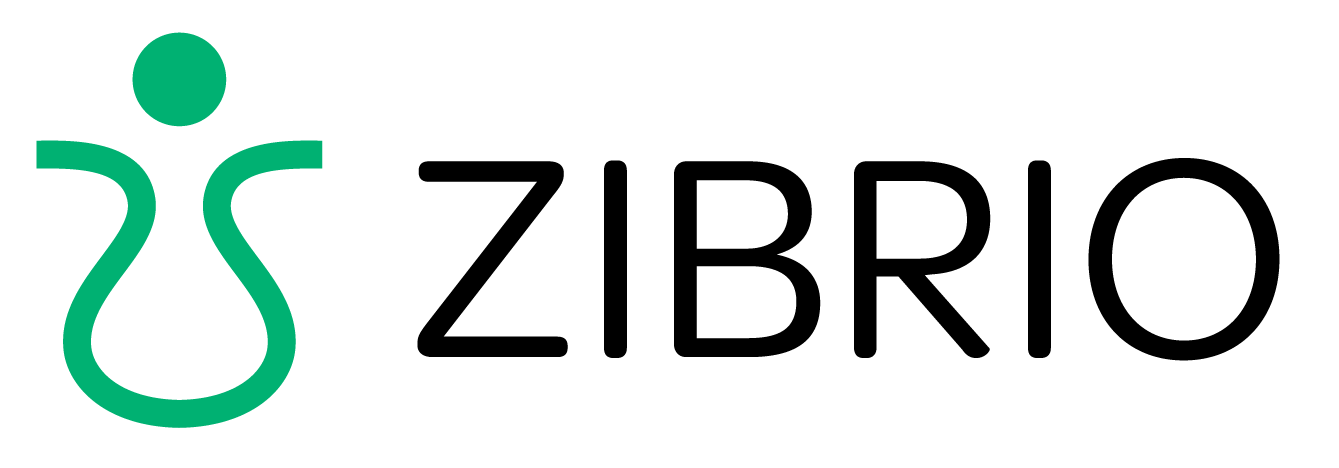Reducing the Cost of Falls in Assisted and Independent Senior Living
Falls among senior adults are not just a health issue; they pose significant operational, financial, and reputational risks for senior living communities. The causes of falls are complex. Successful solutions combine simple tools, empowering insights, and personalized actions. Where once this approach required intensive interactions with highly trained specialists, today impressive results can be achieved by leveraging technology that unburdens staff and engages residents in helpful behaviors.
Falling is Widespread
Falls are the leading cause of injury and trauma-related deaths among older adults, with 1 in 4 reporting a fall every year. According to the CDC, in 2015 alone, non-fatal fall injuries among adults aged 65 and older resulted in direct medical costs totaling approximately $50 billion. Fatal injuries added another $754 million, and the average hospital cost for a fall-related injury was around $30,000.
Fall Rates are Increasing
The senior population is growing, particularly those aged 85 and older, who are at the highest risk for falling. A study conducted by the University of Michigan between 2016 and 2019 found a 4.4% increase in fall injury rates among Medicare beneficiaries, equating to an additional 106,000 fall injuries nationwide during the study period. If this trend continues, the cost of treating falls could nearly double by 2030, reaching $100 billion.
Indeed, the latest CDC figures show that nationally, the age-adjusted fall death rate increased by 41% from 55.3 per 100,000 older adults in 2012 to 78.0 per 100,000 older adults in 2021.
Impact on Senior Living Communities
For senior living communities, this translates into increased liability, higher insurance premiums, and potential lawsuits. In fact, 58% of lawsuits are fall -related, with costs in assisted living now higher than in skilled nursing. The average claim before the pandemic was $239K [source]. The same report highlights that 41% of claims involved residents with no prior history of falls.
In addition to the direct financial costs from litigation, increased frequency and severity of fall incidents are known to lead to diminished resident satisfaction, increased staff burden (including burnout), and greater scrutiny from regulators and families.
Falls are often seen as an inevitable part of aging, but they are preventable. Despite this, fall risk assessments are not consistently integrated into senior living or clinical settings, partly due to the complexity and lack of standardization in current practices. Traditional fall risk prediction methods, which often rely on patient self-reporting, fail to identify up to 85% of patients at risk for falling. [source]
In a senior living environment, this lack of effective screening can lead to missed opportunities for early intervention, resulting in higher fall rates, more severe injuries, and increased resident turnover.
Can Falls Really be Prevented?
Effective fall prevention begins with an accurate and simple screening process. A new method of assessing postural stability—essentially a measure of a resident’s ability to maintain balance—allows more accurate fall risk prediction and implementation of targeted interventions. Regular monitoring, combined with tailored interventions such as physical therapy, exercise programs like Tai Chi, or balance training, have shown to significantly reduce fall rates.
Implementing Technology for Better Outcomes:
Technology developed by ZIBRIO, originally for the US space program, offers a predictive fall risk assessment tool that measures postural stability in just 60 seconds. Using Briocore technology, the Stability scale assesses micro failures in dynamic postural stability and is 2-5 times better at identifying those at risk for falls than currently used assessment methods. The measurement alone (without intervention) has been associated with a 74% reduction in falls. [source].
This tool requires minimal training and can be easily integrated into senior living communities’ workflows.
The Fall Reduction Program flows from the measurement to provide personalized action plans, and fun, interactive programing that demystifies balance and removes shame and fear around falling.
Given the burden that falling creates for staff workload, resident health, and facility resources, most senior living executives can easily calculate the financial benefit to any reduction in falls. In a recent implementation, positive results began to appear in just 8 weeks, with 54% of residents improving their balance, along with an increase in exercise participation and in programming participation. Residents and staff report high satisfaction with the programming and ease of implementation.
Conclusion
Those on the front lines of senior care in senior living communities play a critical role in combating the rising fall epidemic. By implementing robust fall reduction programs that include regular, objective screening and targeted interventions, you can reduce the incidence of falls, improve resident outcomes, and protect your community from financial and reputational risks.
Fall prevention is not just about reducing injuries; it’s about enhancing the overall quality of life for your residents and ensuring the long-term success of your community.
It’s clear that current methods aren’t working. It’s time to get ahead of the problem and empower residents before a fall occurs. Learn more about how ZIBRIO’s solution can be a fit for your community by scheduling a discovery call today.




